TBI Blogs: How Public Health Workers Are Preventing Violence Against Women & Girls in Rural Bihar
Evidence on what works or does not work to reduce violence against women is scanty in India. This is what the intervention ‘Do Kadam Barabari ki Ore’ sought to find out. Implemented in villages of Bihar, it has some startling insights.

“Whose help can I ask? If I talk to another woman in the village, she can’t help. She faces the same thing at her home. I haven’t told anyone that he abuses me, but everyone sees it—people in my family, and villagers also. They ask me, ‘Why are you fighting? Why is he hitting you?’ Then they all say it is the fault of the wife…”
These words of a village woman from a survey in Bihar highlight the extreme vulnerability of women to violence in their marital homes. It is widely accepted that this arises from gender disparities and deeply entrenched patriarchal attitudes that deny women their voice and agency.
Violence against women and girls (VAWG) stems from deep gender disparities that deny women their due rights.
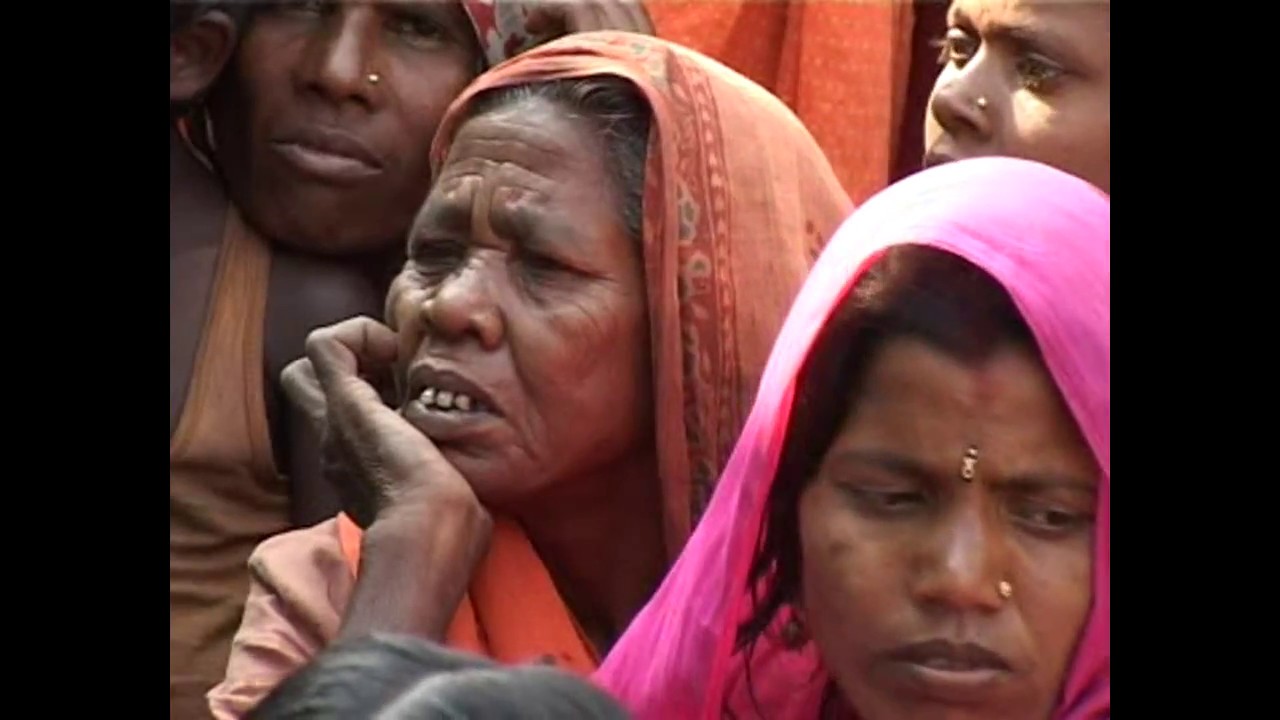
Prevention of Violence Against Women and Girls (VAWG) is a concern that has informed developmental agendas reflected in policy and legislation. However, there remains a gap. Evidence on what works and what does not work to change notions of masculinity and femininity, reverse the widespread acceptability of marital violence by communities, and reduce women’s experience of violence is limited in India.
The intervention ‘Do Kadam Barabari Ki Ore’ (Two Steps Towards Equality) is premised to fill this gap. Undertaken as a partnership led by the Population Council with the Centre for Catalyzing Change (C3), the London School of Hygiene and Tropical Medicine, and UKaid, it sought to build evidence to prevent, address, and reduce VAWG.
With high incidence of VAWG in Bihar, the location for ‘Do Kadam Barabari Ki Ore’ is significant.
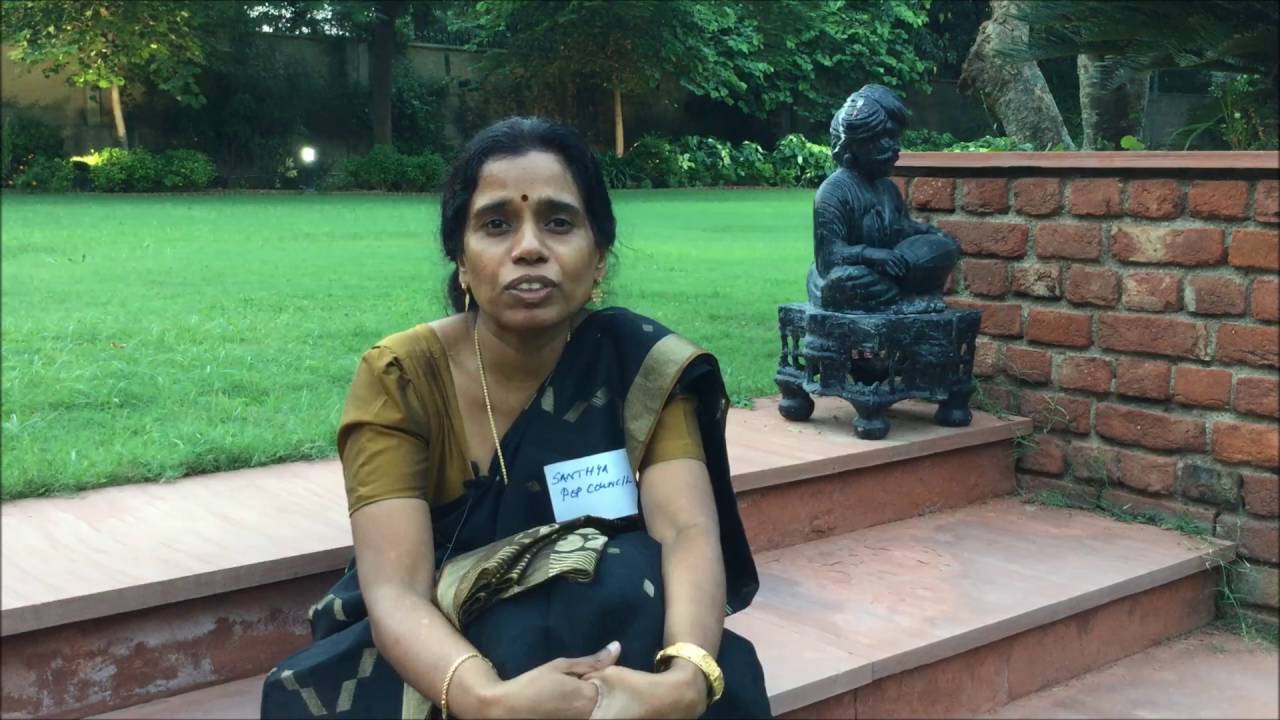
Leading the intervention, KG Santhya, Senior Associate, Population Council said that situating the five projects in Bihar was significant. There is a widespread justification of marital violence, and the level of VAWG in the state is the highest in the country. Every two out of five women has experienced violence. A majority of both men and women recognise wife-beating as the husband’s right.
Five independent projects were launched in Patna and Nawada districts, Bihar, that addressed all three dimensions of prevention of VAWG. Each project was implemented for a period of six months to a year. Each of the five projects worked with different groups. The project with adolescent boys from Nehru Yuvak Kendra Sangathan (NYKS) was based on a life skills curriculum and sports.
Challenging notions of masculinity and femininity begins with a young group of adolescent boys.
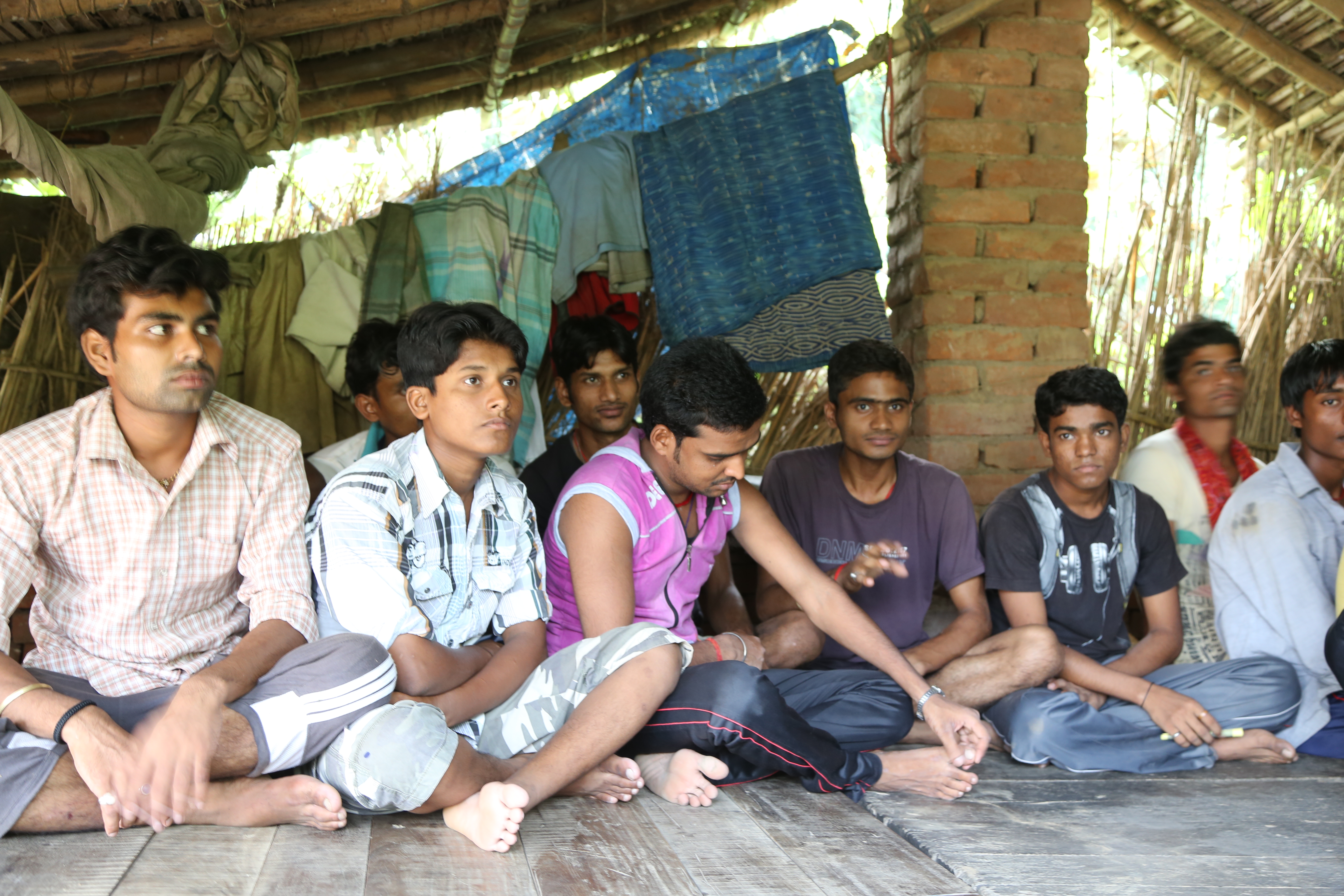
Through the prism of current notions of masculinity and gender discrimination, it turned the focus of this group to address VAWG.
Another project worked with married women who were part of SHGs. Their husbands were also included in the project. Through gender-transformative group learning sessions, this group gained clarity on the issue. A third project involved Panchayati Raj Institution (PRI) members. It sought to bring about a change in gender role attitudes that reflect as VAWG. Yet another project was undertaken to assess the effectiveness of state government-run helplines.
Village women were unaware that the state government had set up a women’s helpline.

However, addressing those who had experienced violence in any form – physical, sexual, or emotional – demanded a more hands-on approach. This was done through a project that engaged Frontline Workers (FLWs) of the public health system – the Accredited Social Health Activists (ASHAs), Anganwadi Workers (AWWs), and to a lesser extent, Auxiliary Nurse-Midwives (ANMs). Undertaken from August 2015 to January 2016, the project leveraged the close, even intimate access, that ASHAs and AWWs had with community members.
A total of 38 ASHAs and AWWs were taken through three days of training at the PHC in Phulwarisharif. They were trained to screen married women in the community for their experience of violence, share information on options available, counsel them, and give referrals. The selected community women were of child-bearing age and/or with children 0–5 years old. The project saw this group as most vulnerable to violence, as compared to older women married for longer periods.
From accepting violence as a social norm to resisting it through different options was the result of several group interactions.
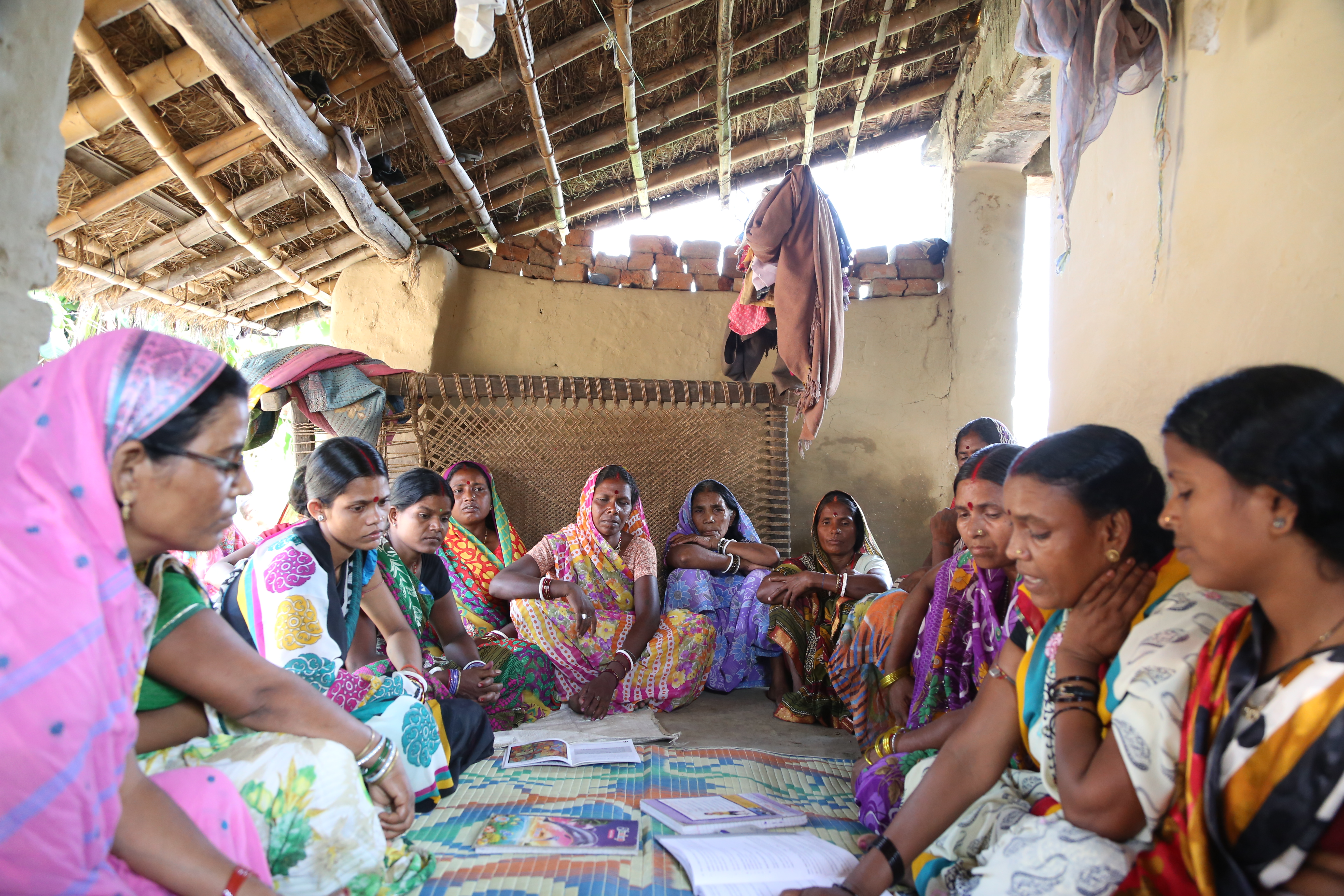
The project oriented the ASHAs and AWWs towards the larger support framework for prevention of VAWG. It established linkages with the criminal justice sector, domestic violence advocates, and NGOs working on the issue. They learned how to access the woman helpline. The project fostered linkages at the local level with community leaders, including PRIs and members of Panchayat Samitis.
The training and orientation was an eye-opener for the ASHAs and AWWs. For the first time, they became conscious of their own patriarchal mindsets that denied women an equal space and voice. They also had justified VAWG earlier. Now they saw it as reflection of deep-rooted gender disparities and a violation of women’s rights. They were now part of the solution.
The narratives at the project’s Endline in March-April 2016 reflected these experiences. According to one ASHA, “We began to observe these things in our own homes and outside also.” Another said, “Our training was about the violence women face. Earlier, we may have faced all these things, but didn’t know what to do about it.”
They now understood what constituted violence, and what action to take. “The project workers told us about four types of violence. That if a woman has experienced physical violence, and/or if she has bruises on her body, she should get help immediately.” Examples from daily life cemented this understanding. “If the husband throws something at his wife in order to hurt her, then that’s also marital violence.”
They learned about the laws in place. The ASHAs and AWWs received information regarding the helpline. “We didn’t even know what the women helpline was. But now we’ve become aware. We’ve also understood that if a husband hits his wife, she can call the helpline, and he can face charges for assaulting her.”
Turning to village leaders in the event of marital violence was unheard of. This was also a new learning, “We realised that women can approach the village headman and ward member for help.”
A village community gathers to discuss issues affecting women, including violence.
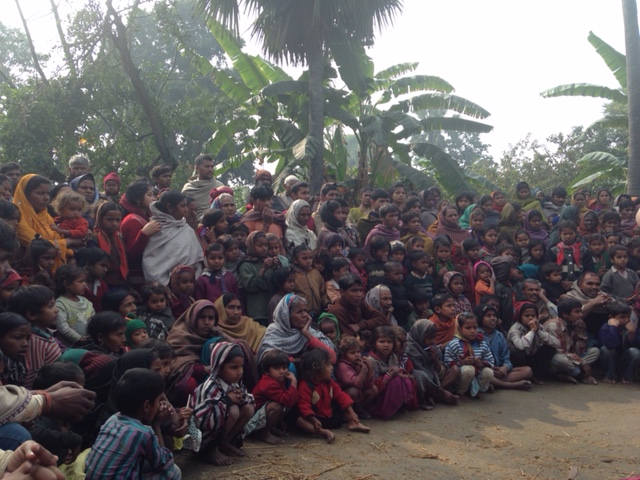
Sensitive issues such as forcible sex within marriage, as well as husbands hitting women during pregnancy, came to the fore. The ASHAs and AWWs did not shy away from confronting the problems, counseling the women as also the men. In fact, many of them had enlisted the support of their husbands to counsel the husbands of women facing violence.
Their efforts did not go in vain, and led to abatement in violence. That happened because women who had suffered in silence earlier were now bolder. They could share their experiences, seek help, and access the options that the ASHAs and AWWs had opened out for them. These form a chunk of the narratives that the Endline captured.
“ASHA didi came, and I told her that my husband comes home drunk and abuses and beats me. I also used to abuse sometimes…but she made him understand that it was wrong to beat me. Taken aback, he asked ASHA didi what she would do. She said she would make a complaint and the police would arrest him. He changed his attitude after that.”
Another women shared, “ASHA didi told me that I could get help by calling the women’s helpline. I could even go to the panchayat and let the sarpanch know that I was facing violence at home.” Counselling on options depended on the specific situation. “The AWW didi said that I could call the helpline or even go to the police for help,” said one woman.
The experiences of these village women signified a refreshing openness. They had suffered alone, worried that society condoned the violence inflicted on them. Now they could speak out knowing that they could get protection.
Recommendations from the project can be valuable in formulating policy.
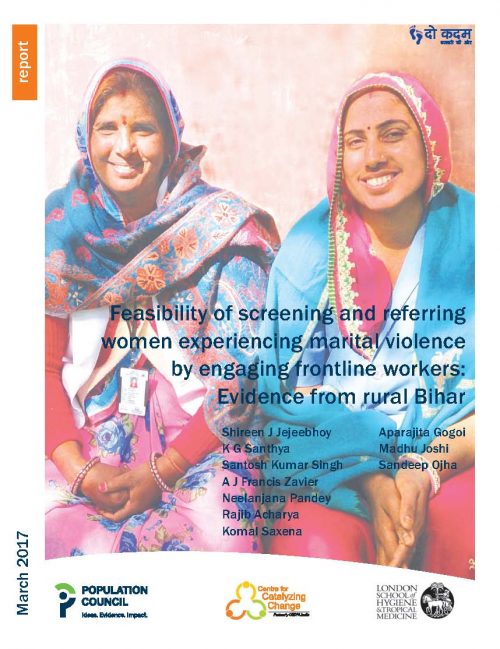
The project recognized the vital role of the ASHAs and AWWs in this change. It recommended a strengthening of their capacities to enable them to counsel village women with empathy and correct information. VAWG needs a more intensive focus in the training package of ASHAs and AWWs so that, along with their regular responsibilities in public health, they can effectively help mitigate violence.
The project also indicated that prevention of VAWG needs to be embedded within the public health system. While the current focus on reproductive health, nutrition, and family planning can inform its service delivery, the system needs to integrate the aspect of reducing violence.
We must weed out gender inequities that continue to pervade our collective consciousness, both at the societal as well as policy levels. It is this concept of gender equity that the intervention ‘Do Kadam Barabari Ki Ore’ seeks to promote within communities and situate within the policy framework.
Indeed, it is this concept of ‘Barabari’ that can bring in desired change, as was evocatively put into words by a woman during the Endline, “I have learned a lot…Violence against women should not take place, and a husband should not force his wife to sleep with him. I learned that we shouldn’t differentiate between girls and boys. We should give both equal amounts of love. We should treat both equally.”
Find out how you can help Charkha improve the quality of life of disadvantaged rural communities on the website.
Like this story? Or have something to share? Write to us: [email protected], or connect with us on Facebook and Twitter.
NEW: Click here to get positive news on WhatsApp!
If you found our stories insightful, informative, or even just enjoyable, we invite you to consider making a voluntary payment to support the work we do at The Better India. Your contribution helps us continue producing quality content that educates, inspires, and drives positive change.
Choose one of the payment options below for your contribution-
By paying for the stories you value, you directly contribute to sustaining our efforts focused on making a difference in the world. Together, let’s ensure that impactful stories continue to be told and shared, enriching lives and communities alike.
Thank you for your support. Here are some frequently asked questions you might find helpful to know why you are contributing?


This story made me
-
97
-
121
-
89
-
167













